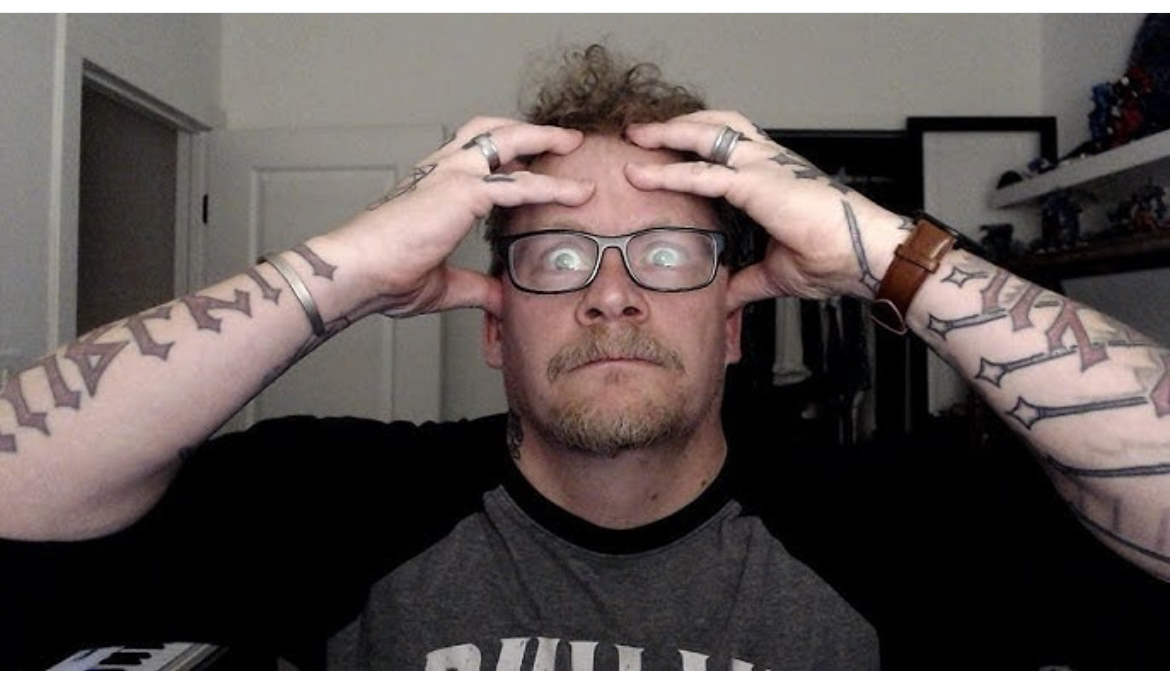The Challenge Curve: It's Time for Inversion
- Hankerin

- Aug 27, 2022
- 3 min read
The concept of danger, challenge, and difficulty in TTRPGs has gotten it dead wrong for the last 40 some years. Sorry, legions of brilliant designers, it's the opposite of its intent! Let's fix it, at least in our heads.
That Tweet-length hot take may seem extreme, so let's unpack it philosophy-class style and take a closer look.
Premise 1: There is a sought-after ideal of challenge and danger in TTRPGs.
Premise 2: Most of our current systems get it wrong (by design or by accident), and are direct inversions of the sought-after ideal.
Conclusion: A new solution is needed, and possible.
Over the years, we've all seen numerous attempts to solve the challenge problem in our games. CRs, DCs, and a generally assumed 'power scaling' phenomenon are expected in almost any game that lasts more than 1 session. Despite these numbers climbing through play, almost all campaigns fall into the pattern below, primarily because heroes ascend in HP and abilities, while even extreme monsters fail to outmatch them. It is expected that elder heroes are further from instant death... they are badass survivors, after all, who are also learning to use environments and teamwork against foes.

Heroes become so durable, even endgame foes are not a true threat.
Any given game may have variations on this curve, perhaps with a spike here and there for sudden-death type enemy abilities. The confounding thing, though, is that this curve (even with many variations) is the exact opposite of good game design. The urban legend of TTRPGs is that the 'epic challenge' gets crazy toward the end, when in fact hero power-bloat gimps that myth. High level enemies are forced to feel 'cheap' or 'petty' to pose challenge.
For Premise 2 to hold, we need to acknowledge that the curve below is the actual desire of players in all game types (tabletop, digital, boardgames, card games, etc).

Fetishistic snickering over 'dying in the first session' goes against all good game design.
Ever get killed over and over in a video game tutorial? Ever drop in on an expert-level MTG tournament having never played? Yeah, it sucks. Good game design welcomes the player with enticements and just enough challenge to teach foundational skills. By late-game play, difficulty can ramp to crazy levels, knowing players are up for a real test of problem solving.
For me, these two premises easily show that a paradigm shift is needed in our TTRPG systems. We've all been that Level 1 Wizard with 3 HP, facing down a rat with realistic fear of permanent death. But against Tiamat months or years later, we trudge our way through dozens of rounds of combat, casting spells and counter-spells, using resurrection, regenerating HP, teleporting, or what have you.
Thus, if we can agree that diagram 2 is the actual ideal, how can we get there? For the sake of this post, let's set aside monster designs, environments, and other stipulations. Let's focus on the gorilla in my closet: durability.
I see two possible solutions to solving the durability problem. Let's look at the wrong way (in many current designs), the flat solution, and the out-scale solution below.

This graph is how many current games scale durability between hero and foe.
I: A single rat bite can kill you. II: Heroes enjoy hard-earned power. III: Heroes out scale even epic foes.

This graph shows how ICRPG solves the problem with constant hero HP.
I: Heroes feel pretty tough to start. II: An early boss is very scary. III: Heroes enjoy loot. IV: The BBEG is brutal.

This final graph represents my table's current solution using HITS in our OSE hack.
I: Heroes feel invincible in session 1. II: HITS are equal. III: Foes outpace heroes for a challenge.
There are numerous ways to implement the third graph, repair the curve in the first graph, or ease the nutty endgame difficulty in graph 2 of course! Ours just happens to be the HITS system. Low level foes at campaign start can't even harm heroes without a crit. At endgame, heroes max out at 5 or 6 HITS, with single-HIT healing in most cases, while foes inflict 'lose all HITS' abilities and the like.
Nerfing HP growth, extreme enemy abilities, environmental hazards and other GM staples can work to improve every graph over time. It's seeing the target design that matters most to me as a GM/thinker. How can your game improve these curve archetypes?
Special thanks to reader 'erezspsn' for the impetus to discuss this topic.
Now go kill a Roper for ol' Hank, will ya?



Retro Bowl doesn’t feel like it’s teaching you anything at first, but over time, it quietly reshapes how you think.
Smash Karts ignites a rebellious fire in the heart, turning every turn into a test of instinct, every crash into a piece of art, and every victory into a show of determination among the cacophonous cacophony.
Snow Road delivers a fast, icy rush as you glide downhill and dodge obstacles in a chilled, high-speed adventure.
designers aim to gradually increase challenge (to match player skill improving) so that the game remains engaging.
Good post. Being a veteran gamer, I completely agree. For me, each level / rank increase should provide advancement OPTIONS, with HP gain being only one of them. That being said, I do like your HITS / WOUNDS system. Perhaps HPs and HITS / WOUNDS could work together, with HPs representing 'light' damage and endurance, and HIT / WOUNDS representing actual life threatening injuries.
Some food for thought...